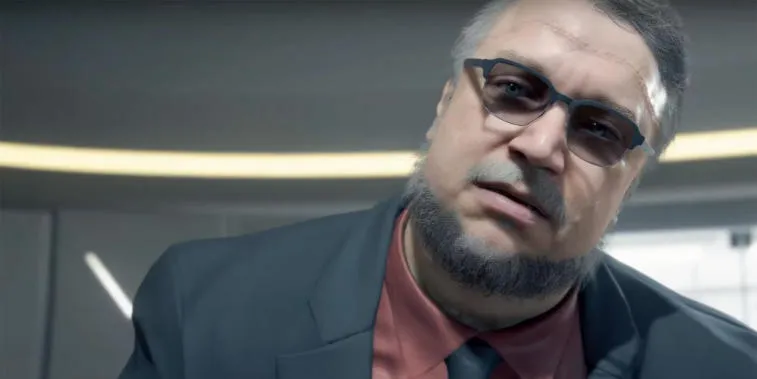Learning from Mistakes: Ensuring a More Engaging Ending for Death Stranding 2
While many people appreciated the innovative approach of Death Stranding, there was one aspect of its conclusion that left a negative impression on a significant portion of players. It's essential for Death Stranding 2 to learn from this mistake and avoid repeating it.
The sequel, Death Stranding 2, faces high expectations. Despite some flaws in its predecessor, the first game delivered a remarkably unique experience that defined the console generation. However, certain missteps made by the original need to be carefully avoided in the upcoming Death Stranding 2.
A significant aspect of Death Stranding was its ending, which drew comparisons to the multiple endings in "The Lord of the Rings: The Return of the King", despite having only one actual conclusion. While some segments of this ending felt satisfying and provided a solid conclusion to the story, other "endings" in Death Stranding seemed forced, especially the segment involving fake credits on the Beach. This is a pitfall that Death Stranding 2 should certainly strive to steer clear of.

One of the main issues with Death Stranding was its "tell and not show" approach to storytelling. Numerous elements in the game were convoluted and challenging to grasp. The Chiral Network, for instance, was a complex plot point that interconnected the story, characters, lore, and gameplay in a manner that often left players struggling to comprehend. This complexity was further exacerbated by the fact that much of the story was conveyed through post-factum conversations rather than visually shown.
A pivotal scene in the game, where Deadman reveals significant revelations about the Chiral Network, exemplifies this problem. The conversation occurs during an awkward shower scene and, while dramatic, feels more like awkward exposition than a meaningful reveal. An even more glaring instance of this issue was the game's fake credits sequence.

The fake credits scene in Death Stranding was arguably one of its most frustrating moments. Given the complexity of the ending, Sam's confrontation with Higgs Monaghan and the revelation that his adopted sister Amelie was also his adopted mother Bridget were essential but somewhat convoluted. After this climactic showdown, Sam is left on his own Beach, and the credits start rolling. Amelie continues to deliver additional exposition, breaking it up with Sam aimlessly walking on the Beach before the credits eventually conclude. This sequence, lasting around twenty minutes, became an extremely tedious and drawn-out experience. While the symbolism behind it makes sense, it didn't translate into impact, and it likely caused many players to disengage before the more satisfying aspects of the ending unfolded. This is a critical flaw that should not find its way into the sequel.
It's crucial for Death Stranding 2 to avoid repeating the same errors as its predecessor when it comes to adhering to the "show, don't tell" principle. The original game fell into this trap too often, resulting in some significant reveals failing to have the intended impact. The instances of Sam's Beach and the fake credits serve as prime examples of this issue, compounded by the fact that they were excessively prolonged, testing the patience of gamers. It's our hope that Death Stranding 2 will internalize this lesson and deliver an ending that remains compelling throughout, devoid of such a frustrating and protracted moment amidst an otherwise remarkable conclusion.

Comentários